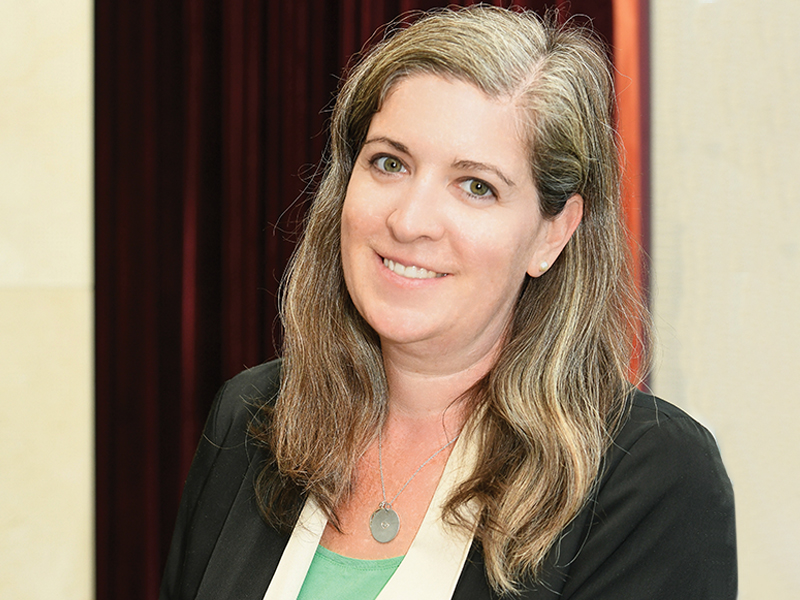
Whether it’s in the magazine, on the website or at our various defined contribution pension plan events, Benefits Canada is regularly writing about how DC plans are evolving.
The pension industry has come a very long way in the last few decades. When my parents began their working lives in the early 1970s, they both had defined benefit plans, though the outcome for each was quite different. Since my mom retired, she’s been drawing down an income from the Ontario Teachers’ Pension Plan, while my dad spent the first decade of his retirement fighting for his pension after his employer Nortel Networks Corp. entered insolvency.
By the time I started working and saving for retirement, DB plans in the private sector were few and far between. I was very briefly in a DB plan before it was wound up and have since spent my career saving into either a DC plan or a group registered retirement savings plan.
Read: Nortel settlement could bring pension certainty to 20,000 former employees
As baby boomers retire, the levels of DB plan membership in Canada will continue to shift, so there’s no doubt why the DC industry is evolving so quickly. DC plan account balances are growing and the industry has to figure out how to improve both the accumulation and decumulation phases to meet this reality.
In the Pension Feature accompanying our annual Top 50 DC Plans Report, on page 22, we looked into a specific breed of DC plan: the multi-employer pension plan. While many of Canada’s largest DB plans are designed for multiple employers — the Healthcare of Ontario Pension Plan, for example — DC plans have traditionally been single-employer plans.
But consider MEPPs’ various benefits: economy of scale, pooled assets, reduced costs and shared risks. These benefits drew me to one of Canada’s largest MEPPs, the Saskatchewan Pension Plan, which is No. 21 in the 2023 Top DC Plans Report.
Read: 2023 Top 50 DC Plans Report: Unleashing the power of multi-employer pension plans
Since I knew it was unlikely I’d ever have the security of a public sector DB plan, I opted for the next best thing when I started building my family a couple of years ago. Through my workplace, I only have a group RRSP with a very low employer match, so I looked into saving in the SPP, which had recently expanded beyond Saskatchewan to open up to all Canadians.
Since I typically prefer to have some level of control over my finances, I’m still a bit surprised how comfortable I am as an SPP member, where I’ve set my investment choices, picked a monthly contribution that comes straight out of my bank account and basically stepped away. But there are many unknowns in the world and so much to manage, I appreciate that the SPP team takes the reins and I trust the work they’ve put into their investment options.
“Members who don’t like to select their investments might consider a managed plan a benefit, but those who like to be more involved may find it a disadvantage,” says Eckler Ltd.’s Dianne Tamburro in the Pension Feature.
The SPP’s focus on decumulation was another big reason I joined. For years now, I’ve been hearing about the Canadian pension industry’s very slow approach to solving this problem — and also saw how the SPP has been leading the way.
Read: Getting to know Shannan Corey and the Saskatchewan Pension Plan
When I eventually retire, I want the comfort of keeping my savings in the same plan and the same investments, benefiting from the same pooling and risk-sharing I did in the accumulation phase. I’m not interested in the isolation and exorbitant fees of the retail environment — and I don’t think anyone near retirement who knows anything about finances should be comfortable with that transition.
In April 2023, the SPP removed its annual contribution and transfer-in limits, so the other bonus of my plan membership is that I can transfer my other savings — my group RRSP, for example — into the plan when I’m ready to put all of my assets into one account.
I know everyone’s savings journey is different and, as Jim Doornbos, the Christian Labour Association of Canada pension plan’s benefits and retirement director, says in the Pension Feature, a MEPP may not be for everyone. But since I joined the SPP, I’ve been an advocate, promoting plan membership to all of my friends who either don’t have a workplace plan or have an inferior one like I do.
Considering all of the benefits for plan members, I urge any employer that isn’t able to offer a robust savings program to look into joining a MEPP or incorporating some of its unique characteristics into their own plans.
Jennifer Paterson is the editor of Benefits Canada and the Canadian Investment Review.
